At her Thursday morning press conference, President Claudia Sheinbaum fielded questions about the future of the federal attorney general and a possible meeting next week with U.S. President Donald Trump.
Among other remarks, she acknowledged that two federal agents had disappeared in the state of Jalisco.
Is Mexico’s attorney general about to resign?
Amid speculation that the resignation of Alejandro Gertz Manero as federal attorney general is imminent, a reporter asked Sheinbaum whether Gertz had notified her of his intention to leave the position.
“Up until now, he hasn’t said that to me,” the president responded.
Sheinbaum acknowledged that she had received “a document from the Senate,” which is apparently related to the tenure of Gertz, an 86-year-old former lawmaker and federal security minister who became attorney general at the start of Andrés Manuel López Obrador’s presidency in 2018.
The president said she is “analyzing” the document and will disclose it in due course.

“Tomorrow I’ll be able to inform you,” she said.
Asked whether the document was a resignation letter, Sheinbaum responded:
“I prefer to analyze it. What I’m reporting is that I received a letter from the Senate of the Republic. I am analyzing it with the [government] lawyers … and we’ll inform you tomorrow.”
Joaquín López-Dóriga, a prominent journalist in Mexico, wrote on X on Thursday that it is yet to be decided whether Gertz will resign or request leave. For years there has been speculation about the octogenarian’s health, but Interior Minister Rosa Icela Rodríguez said in June that the attorney general is in “perfect condition.”
In a column published in the El Universal newspaper on Wednesday, journalist Carlos Loret de Mola wrote that just over a month ago there was “an attempt” by the National Palace — the seat of executive power and Sheinbaum’s residence — to replace Gertz.
“The intention was to place someone from President Sheinbaum’s inner circle at the head of the Attorney General’s Office [FGR], with the aim of completely subjugating the operation of the FGR to … the current government,” he wrote.
There appears to be two main candidates to replace Gertz at the helm of the (ostensibly autonomous) FGR: former Supreme Court chief justice Arturo Zaldívar, general coordinator of policy and government in the Sheinbaum administration, and Ernestina Godoy, the president’s top legal adviser.
On Thursday morning, Sheinbaum said that Gertz has done “good work” as attorney general, and noted that “we’ve coordinated on many issues.”
Sheinbaum appears likely to join Trump, Carney at World Cup draw
During a World Cup-focused mañanera, Sheinbaum told reporters that she is considering traveling to the United States next week for the 2026 FIFA World Cup final draw, which will take place in Washington D.C. on Friday Dec. 5.
“We’re looking at whether it’s confirmed that President Trump is going, that the prime minister of Canada is going, and depending on that, I would attend the draw,” she said.
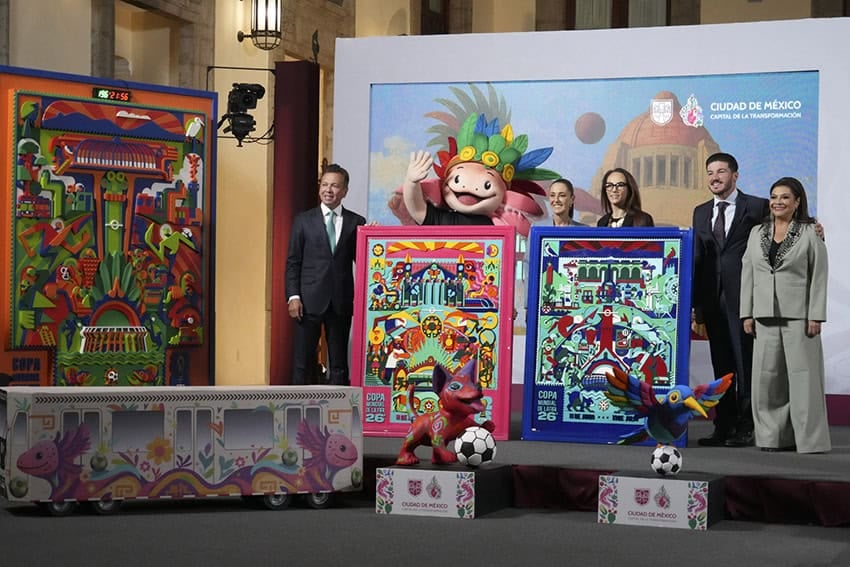
It appears certain that Trump and Canadian Prime Minister Mark Carney will be at the draw, which will decide which countries will play each other in the group stage of the 48-team tournament that will be co-hosted by the United States, Mexico and Canada.
“I’ll be participating alongside President Trump … and the FIFA president,” Carney said on Wednesday.
Asked whether she would seek a meeting with Trump if she travels to the U.S. next week, Sheinbaum first stressed that she has not yet decided whether she will make the trip.
She said that if she does decide to go, she and her government colleagues would look at the “possibility of a meeting” with the U.S. president.
Sheinbaum has not yet met face to face with Trump, although the two leaders have spoken on the telephone on numerous occasions.
Trade and security would likely be the main focuses of a bilateral meeting between the two presidents. The Trump administration has imposed tariffs on a range of imports from Mexico this year, and the Mexican government has been lobbying U.S. officials for months as it seeks to achieve better trading conditions with its largest trade partner.
Sheinbaum declines to comment on the disappearance of federal agents in Jalisco
Asked about the disappearance of two federal Security Ministry agents in Jalisco, Sheinbaum said that Security Minister Omar García Harfuch would report on the matter.
“It’s a delicate issue and I asked him to report,” she said.
Asked what the missing agents were investigating in Jalisco, Sheinbaum responded:
“It’s important for the minister himself to say. They are officers of the Ministry of Security and Citizen Protection [SSPC] who were doing their jobs. The Security Cabinet can provide the details.”
In a statement issued on Wednesday, the SSPC announced the disappearance of two agents who were “carrying out intelligence and field investigation work for the prevention of crime and the dismantling of criminal cells in the state of Jalisco,” home to the powerful Jalisco New Generation Cartel.
The ministry said that communication with the agents was lost on Tuesday while they were traveling to Guadalajara in an “official vehicle.”
It said that the vehicle was later found abandoned in the municipality of Zapopan, located in the metropolitan area of Guadalajara, the capital of Jalisco.
The SSPC said that it was in “permanent contact” with authorities in Jalisco and that it was working with the Mexican Army, Navy and National Guard in order to take “all necessary actions to locate our colleagues.”
By Mexico News Daily chief staff writer Peter Davies (peter.davies@mexiconewsdaily.com)
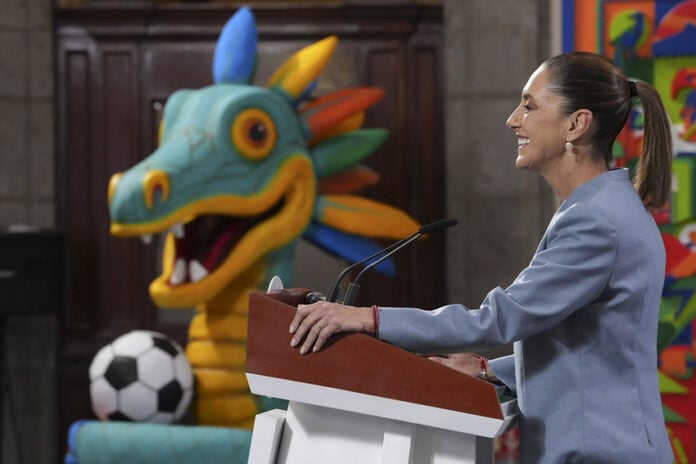
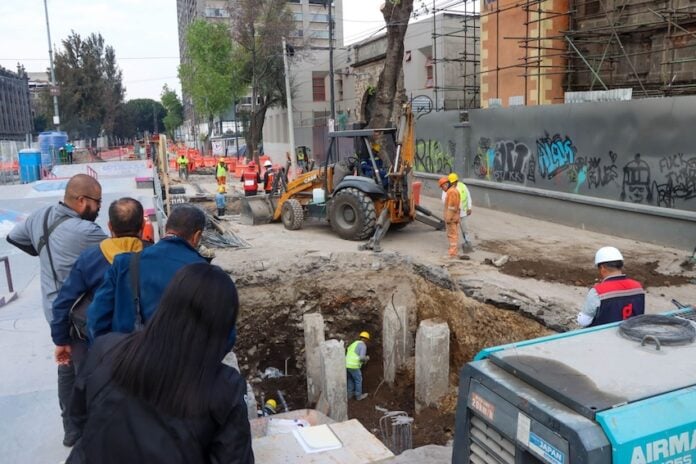

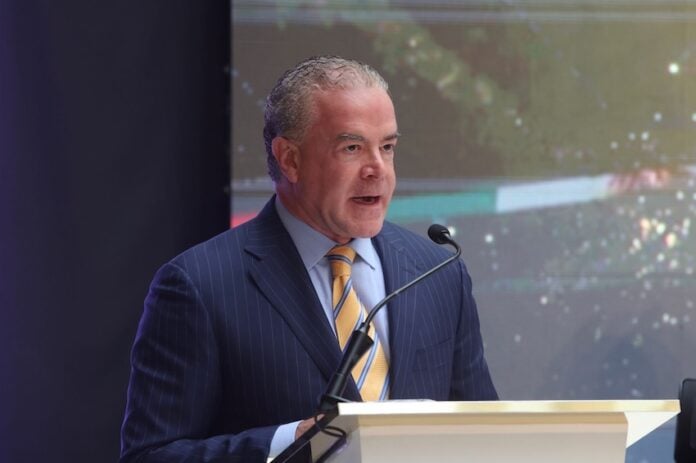

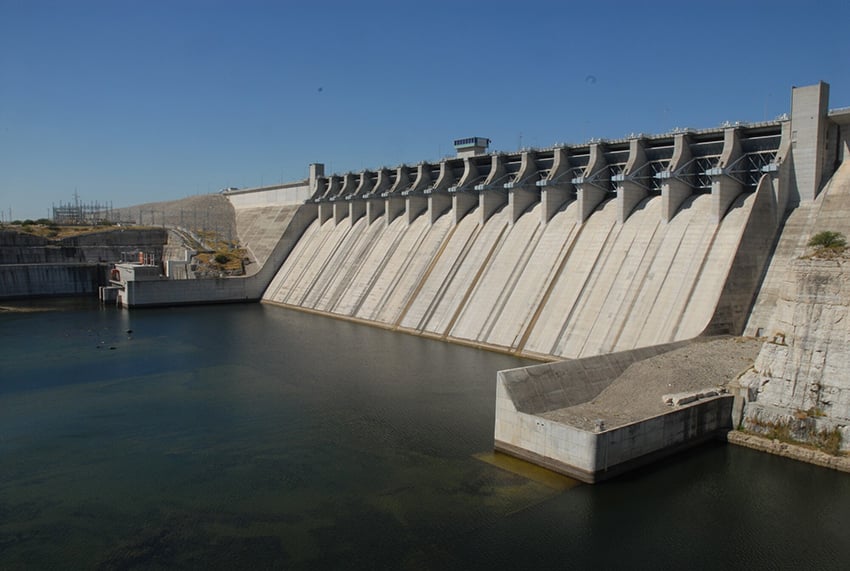



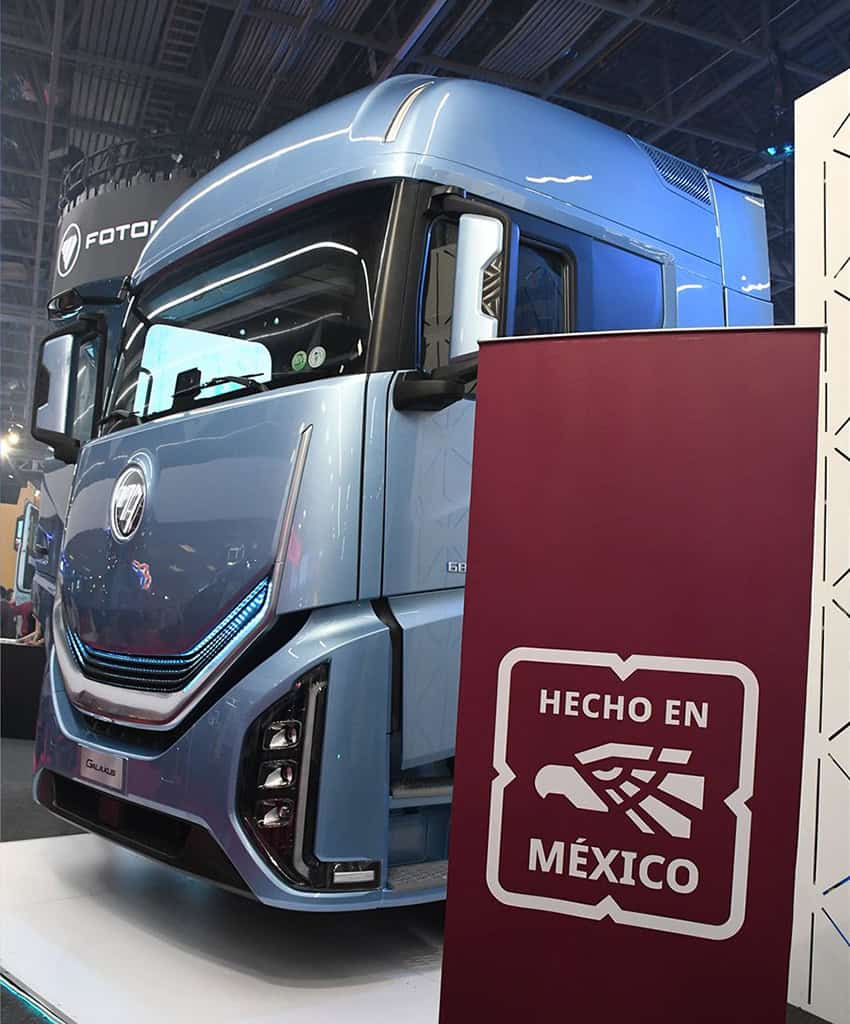


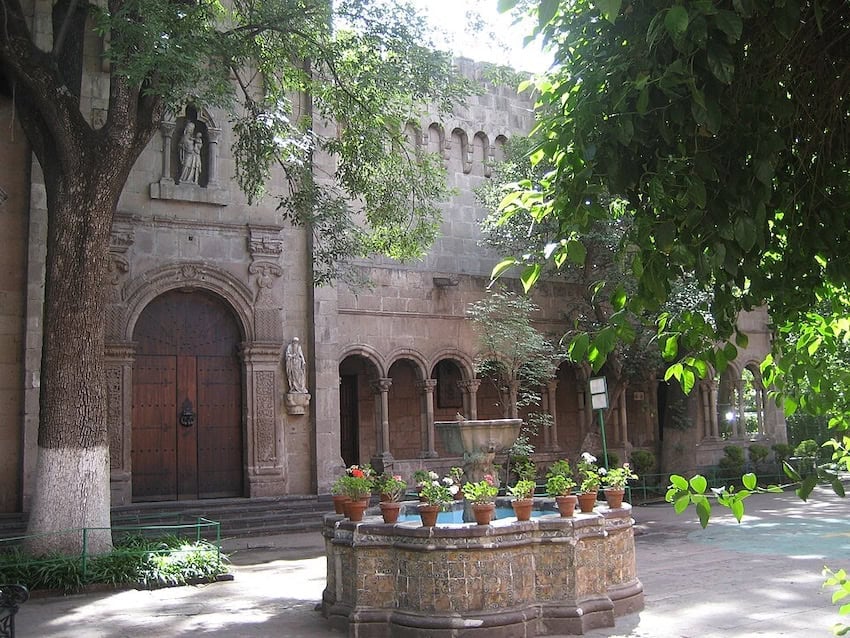
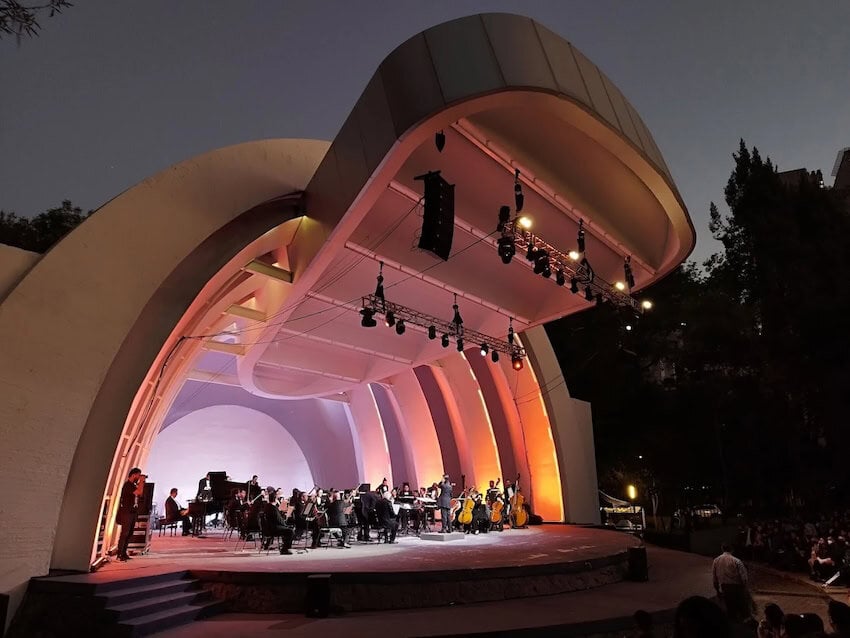



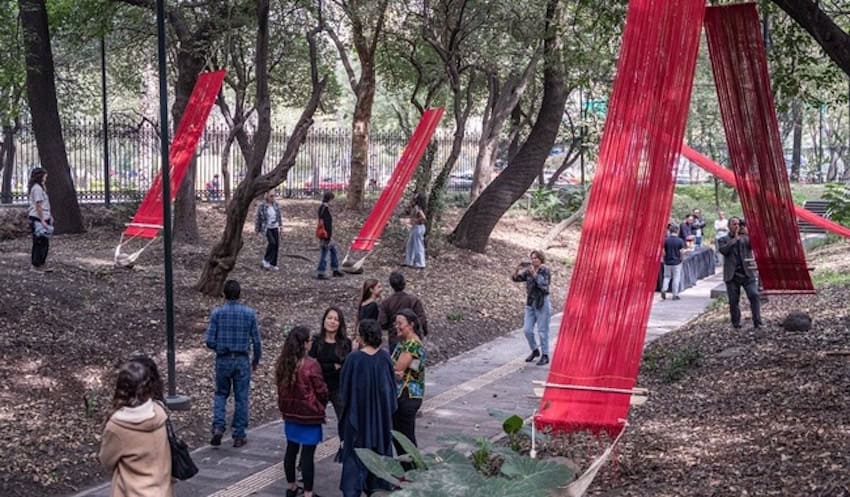





![2025-11-26-Conferencia-de-prensa-matutina-Palacio-Nacional-14-GM In response to demands from farmers for higher corn prices, Sheinbaum told reporters on Wednesday that "there are not enough [government] resources" to make it happen.](https://mexiconewsdaily.com/wp-content/uploads/2025/11/2025-11-26-Conferencia-de-prensa-matutina-Palacio-Nacional-14-GM-696x464.jpg)

